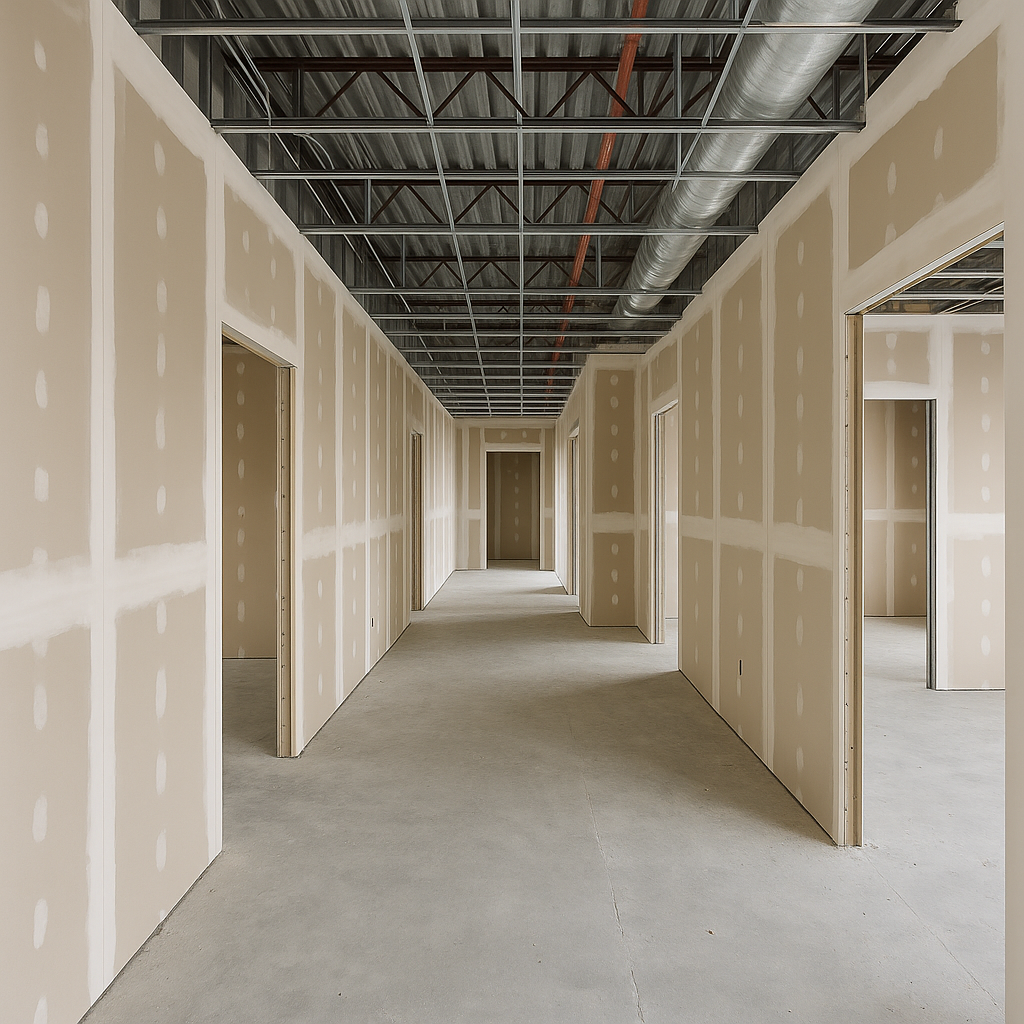
For those working in high-end interior construction, few cost drivers are as elusive and consequential as tight tolerances. Architects, Engineers, and General Contractors know that when a project calls for narrow margins of error—whether it’s flush millwork reveals, recessed lighting alignments, or precision joint finishes—the implications go far beyond aesthetics. Tight tolerances directly influence labor efficiency, material handling, inspection requirements, and even rework risk. Properly forecasting their impact is critical to avoiding budgetary surprises.
In luxury interiors, expectations around visual perfection push installation requirements to a higher standard. This includes:
Each of these scenarios increases both install complexity and time. The labor skill set required also shifts—basic board hangers may not suffice, requiring master finishers and carpenters.
There are five primary cost implications when working within tight tolerance interiors:
It’s not enough to plug in a few extra hours or a flat percentage contingency. Forecasting the real cost of tight tolerances requires a data-driven estimation approach—one that correlates design detail levels with historical productivity rates and past cost adjustments. For example, historical data might show that a 1/16" ceiling cove detail adds 12–18% more labor over a standard Level 4 finish ceiling.
Using a system like Active Estimating, teams can benchmark these scenarios across similar completed projects, automatically adjusting for ceiling heights, fixture layouts, and finish levels. This moves tolerance-based estimation from guesswork into verifiable forecasting.
Nowhere is this more evident than in drywall estimating. Precise detailing like flush reveals, double-layer assemblies, or concealed access panels can add layers of complexity. The interaction between framing tolerance and finish level must be modeled correctly in the estimate. This is where leveraging a system built specifically for drywall estimating becomes critical. It enables teams to apply tiered rates and production logic, customized to design intent—not just square footage.
Precision in high-end interiors is more than just a design requirement—it’s a major cost determinant. Architects and Engineers often focus on aesthetics, but for General Contractors and Estimators, these design elements must be measured against their true labor and material impacts. Estimating tools that draw on reliable, structured data make it possible to forecast these costs accurately. With platforms like Active Estimating, firms gain the edge in planning, executing, and pricing to meet the demands of detail-rich interiors—without compromising budget predictability.
Contact Information:
Active Estimating
508 2nd Street, Suite 208
Davis
California
95616
Rich Schoener
richard@activeestimating.com
(877)
Schedule a personalized demo to see how Active Estimating can work for your specific needs.
